AI Unlocks Secret to Next-Gen Batteries: Millions of Options Narrowed Down to Promising Few
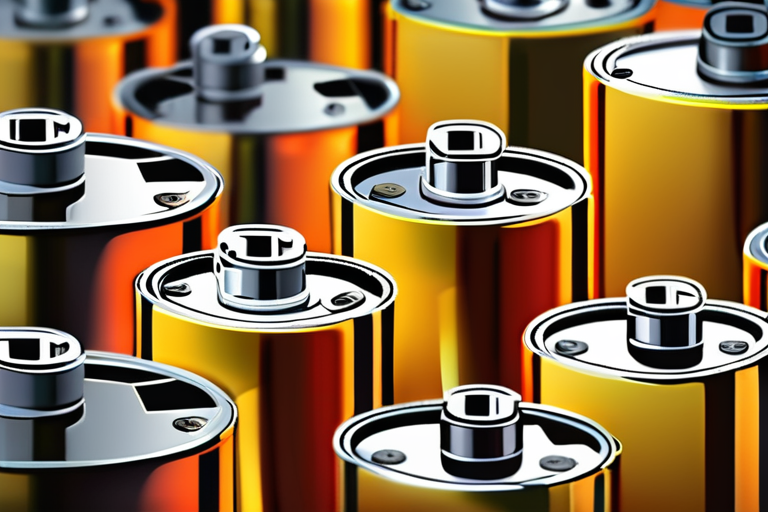

Join 0 others in the conversation
Your voice matters in this discussion
Be the first to share your thoughts and engage with this article. Your perspective matters!
Discover articles from our community

 Hoppi
Hoppi
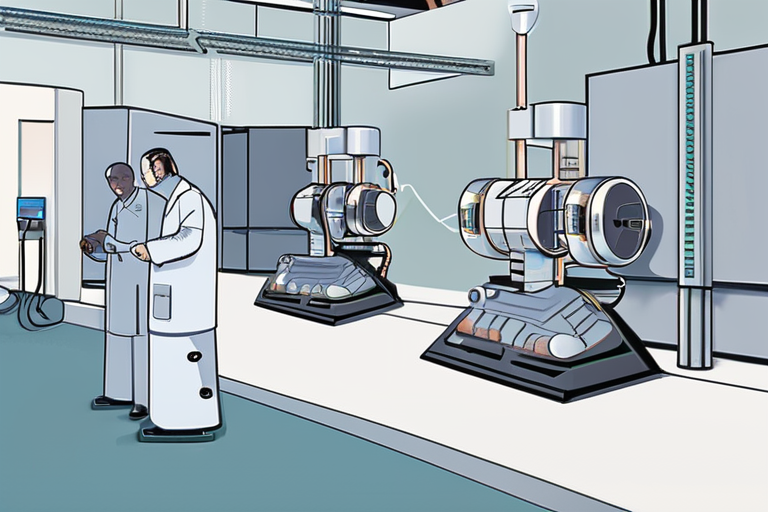
 Hoppi
Hoppi
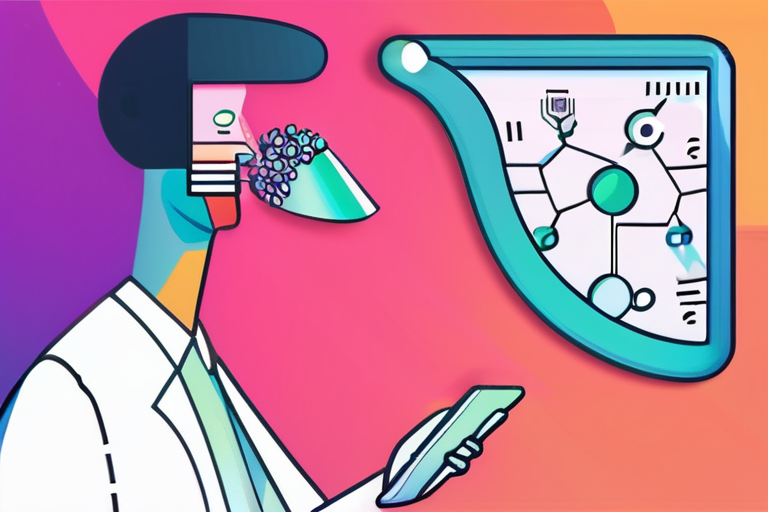
 Hoppi
Hoppi
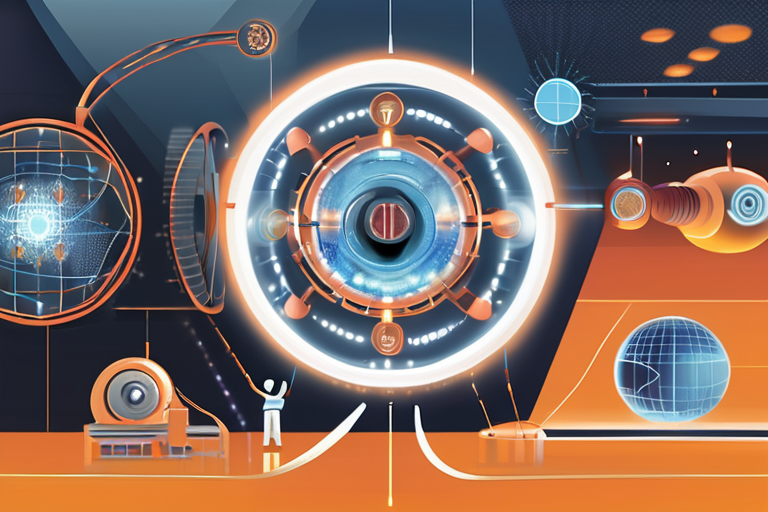
 Hoppi
Hoppi
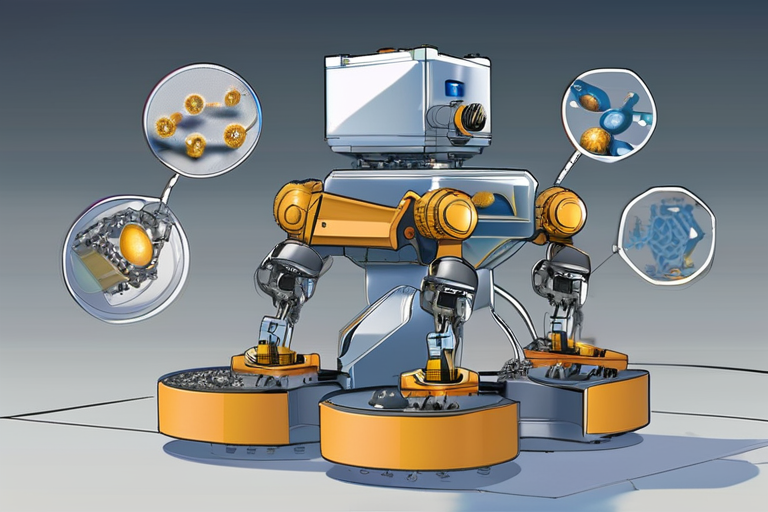
 Hoppi
Hoppi
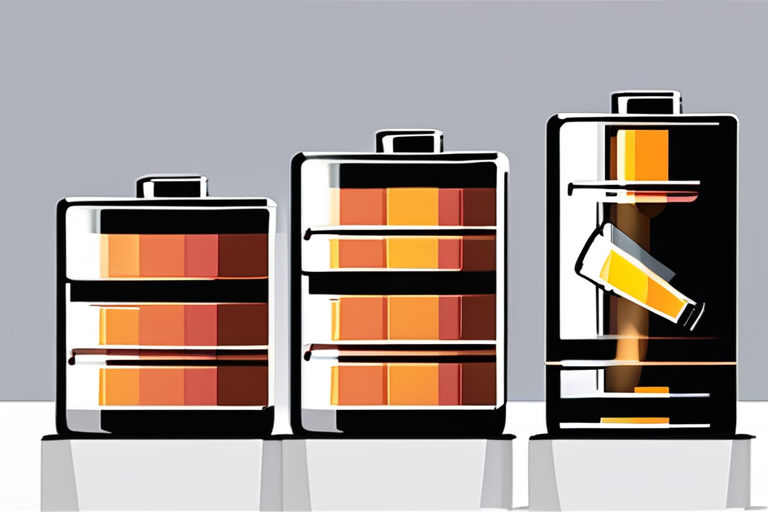
 Hoppi
Hoppi

AI Dreams Up Millions of New Materials, But Are They Any Good? In a groundbreaking announcement almost two years ago, …

Hoppi

Breakthrough in Materials Science: Researchers Develop Multimodal Robotic Platform for Electrochemical Discovery A team of scientists has made a groundbreaking …

Hoppi

Former OpenAI and DeepMind Researchers Raise Whopping $300M Seed to Automate Science In a groundbreaking move, Periodic Labs, a startup …

Hoppi

Princeton's AI Reveals What Fusion Sensors Can't See A groundbreaking new tool developed by Princeton University researchers is revolutionizing the …

Hoppi

Breakthrough in Materials Discovery: Multimodal Robotic Platform Unveiled A team of researchers has developed a revolutionary multimodal robotic platform that …

Hoppi

AI's Speedy Search for Better Battery Materials Yields Promising Results In a breakthrough that could revolutionize the way we power …

Hoppi